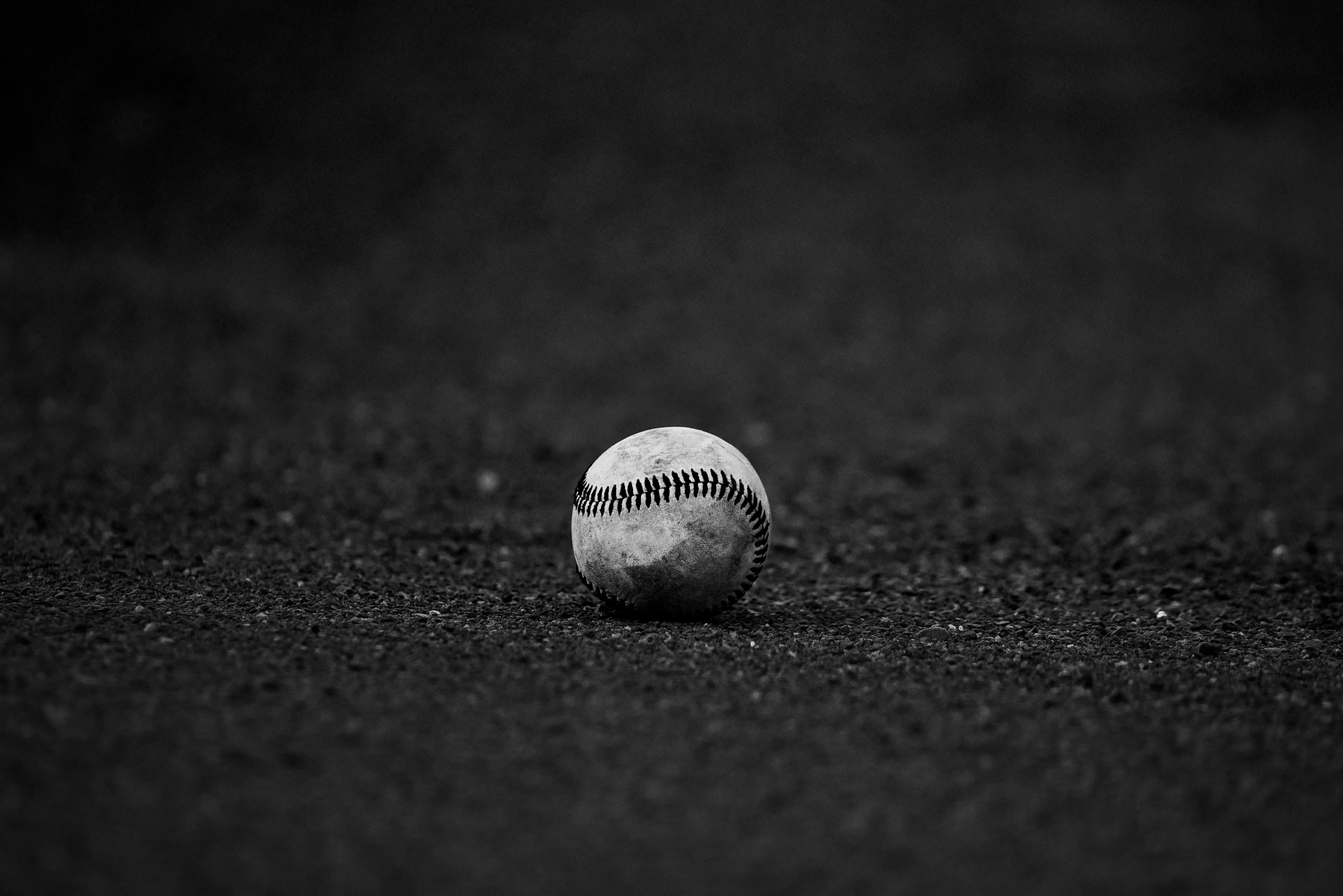
How to Throw a Curveball
A curveball is a baseball pitch that gives the ball a forward spin as it approaches the batter, causing it to spiral downwards rapidly as it reaches the plate, typically confusing the batter and forcing him to strike or miss. A well-timed curveball can be advantageous to pitchers, but the aim is defeated if the batter knows it is coming. The section below discusses the key elements in the curveball mechanics which must be followed to throw the pitch appropriately.
The Curveball Grip: The curveball grip is quite basic and, unlike other pitches, enables a pitcher to keep a solid grasp on and control of the ball. The key to this pitch is to build wind resistance with the laces, which causes the pitch to descend. To perfect the curveball, begin by grasping the ball with your middle and index fingers together, fingers across the ball's seams at its widest point. Keep a firm hold on the ball, particularly with the middle finger, and do not let it contact the palm of your hand; otherwise, you will not be able to produce enough topspin, which is responsible for the ball descending as it comes near to home plate.
Keeping the Pitch a Secret: As with any pitch, keeping your intentions hidden is half the challenge. Keep the ball disguised in your glove, so you do not reveal the pitch to the hitter when pitching. Developing a natural posture that gives the impression of throwing a different pitch is the quickest way to an effective curveball since it fools the hitter about the pitcher's intentions.
The Throwing Motion: A curveball's mechanics are similar to those of other pitches. The differences lie in the grip and what you do when you release the pitch. Wind up normally and throw at the same velocity as your fastball. Do not let your arm slow down. When the ball faces wind resistance with the curveball spin, it will naturally slow down. Also, the correct hand angle is critical. Tailor your movement as though you are chopping down with an ax, but with a baseball in your hand. For a left-hand thrower, the palm of your hand should be facing third base as the ball travels over your head, while for a right-hander, the palm should be facing first base.
The Release and Follow-Through: The release of a curveball is just as important as the grip. Hence, you should keep your arm angle the same; else, the batter may predict a curveball. Keep your wrist cocked and rotated towards your body while throwing. Also, keep your elbow up, and spin your wrist when releasing the ball. This motion's snap at the end is critical. The ball will not curve without the snap, so practice the release point and the snapping motion before a game.
The follow-through is also crucial as, without it, the ball will not curve and will likely stay high in the strike zone. In the follow-through motion, the back of your hand should face the batter. Your pivot foot should continue to travel forward, while your throwing arm should swing across your body, ensuring that you arrive in a balanced position for fielding.
